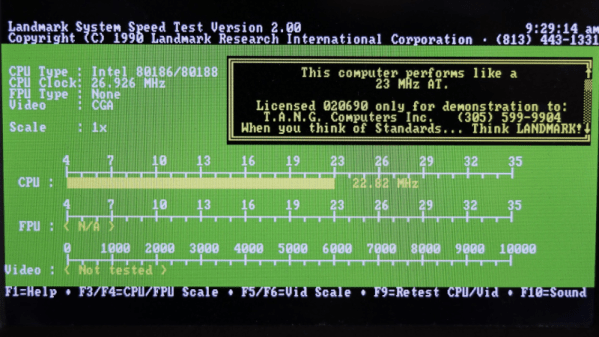Typically when we hear the term “System-on-Chip” bandied around, our mind jumps straight to modern ARM-based processors that drive smartphones and embedded devices around us. Coming a little bit more out of left field is [Jamie]’s 80186 core, that runs on Intel FPGAs.

Not content to simply simulate a CPU, all the necessary peripherals for a complete working system have been worked into the design as well. There’s RAM, a UART, as well as CGA graphics and a PS/2 controller that is necessary if you’d like to actually use any sort of human input device.
[Jamie] has released the code under a GPL licence, and it’s available at GitHub. It’s a good basis if you want to play around with what was once a commercial CPU at a logic level. The development guide is also available if you need to really drill down into the details. It’s a cool project, and makes a great contrast to [Jamie]’s previous work – the Oldland 32-bit core.











